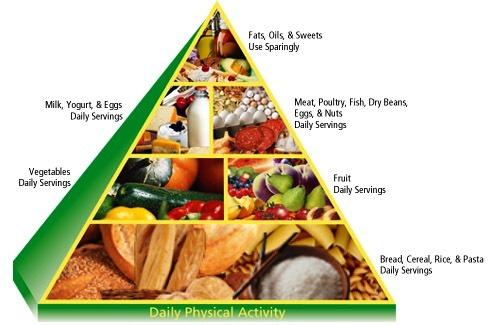Here we will understand Hypertension, its Causes, Types and Ways of Controlling and Preventing it.
The WHO has estimated (2003) that high blood pressure causes one in every 8 deaths world wide, making hypertension the third leading killer in the world.
Every individual has blood pressure which is necessary to move blood through arteries and to provide oxygen to the tissues of the body.
Hypertension is elevated blood pressure. WHO defines "hypertension in which systolic pressure exceeds 160 mm Hg and diastolic pressure exceeds 95 mm Hg".
CAUSES :-
Cardiovascular diseases, renal diseases like glomerulonephritis, polycystic renal disease, pyelonephritis, tumors of the brain or adrenal glands, hyperthyroidism or diseases of ovaries and pituitary may cause hypertension.
Predisposing factors of hypertension are
Heredity
Stress,
Obesity
Smoking
Alcohol consumption, salt sensitivity, hormonal imbalances, unhealthy lifestyle and a person's dietary choices may influence hypertension risks. Nearly half of all diabetics are hypertensive.
TYPES:-
Mild Hypertension : Diastolic pressure is 90 to 104 mm Hg in this form. Treatment is based on weight loss , sodium restriction and behavioral techniques.
Moderate Hypertension : Diastolic pressure is 105 to 119 mm Hg with moderate hypertension.
Nutritional therapy is supported by drugs such as B blockers.
Severe Hypertension : Diastolic Pressure is 120 to 130 mm Hg and above. Diet therapy revolves around potassium replacement, weight management and sodium modification.
SYMPTOMS :-
Many people with hypertension have no symptoms. Some are as follows :-
- Headache
- Dizziness
- Impaired vision
- Failing memory
- Shortness of breath
- Pain over the heart
- Gastrointestinal disturbance
- Unexplained tiredness
Principles of Diet :
LOW CALORIE, LOW FAT, LOW SODIUM with NORMAL PROTEIN intake is prescribed.
SALT RESTRICTION -
The Salt Restriction per day in hypertensives ranges from mild to moderate.
MILD - 2-3 g of sodium
MODERATE - 1-1.5 g of sodium
SEVERE - 500-700 mg of sodium
EXTREME - 200-300 mg of sodium
(Conversion - 1 g of salt gives 400 mg of sodium)
 |
| LIFESTYLE MODIFICATIONS TO MANAGE HYPERTENSION |
DASH, Dietary approaches to stop hypertension, suggested diet as follows :-
- Grains - 7-8 servings
- Vegetables - 4-5 servings
- Fruits - 4-5 servings
- Milk ( Low Fat) - 2-3 servings
- Meat (lean) - 2 or less
According to DASH the following diet may bring about a healthy reduction in blood pressure :-
- HIGH AMOUNTS OF FRUITS & VEGETABLES
- INCLUSION OF FISH
- INCLUSION OF LOW FAT
- REDUCING THE FAT INTAKE
- REDUCING SODIUM
DO NOT USE :-
- Salt in cooking or at the table.
- Monosodium glutamate (Ajinomoto)
- Baking powder, sodium benzoate, sodium bicarbonate.
- Salt preserved foods - pickles, canned foods.
- Highly salted foods such as potato chips.
- Spices and condiments such as ketchup and sauces,
- Cheese, peanut butter, salted butter.
- Frozen peas.
- Shell fish and dry fish.
- Prepared mixes.
- Biscuits, cakes, breads, pastries.
For restricting sodium less than 500 mg, low sodium vegetables should be chosen apart from the above restrictions.
Improving the palatability of sodium restricted diets is very important. So adjuncts given with the meals or in the meals improves the palatability.

















.jpg)











